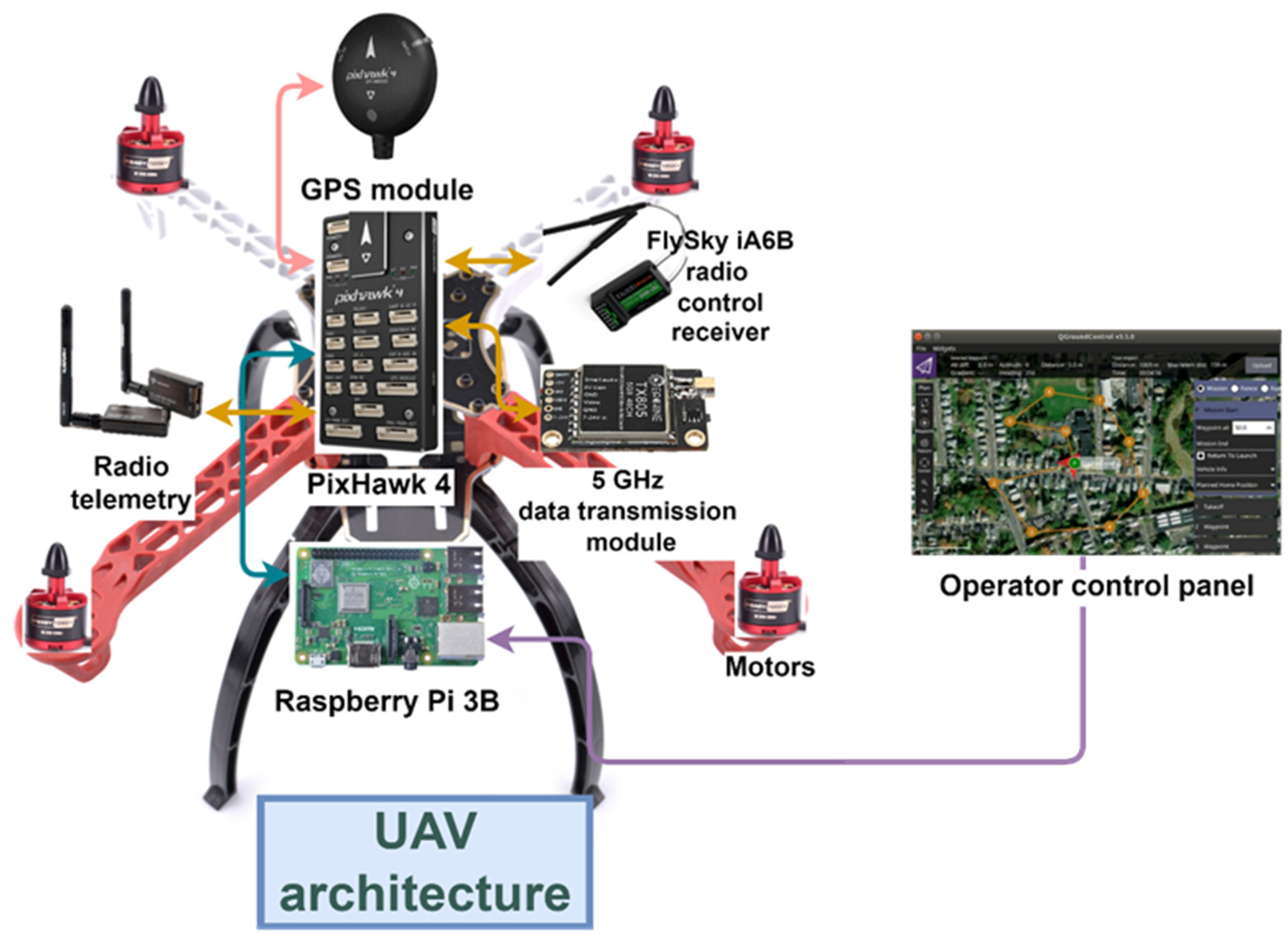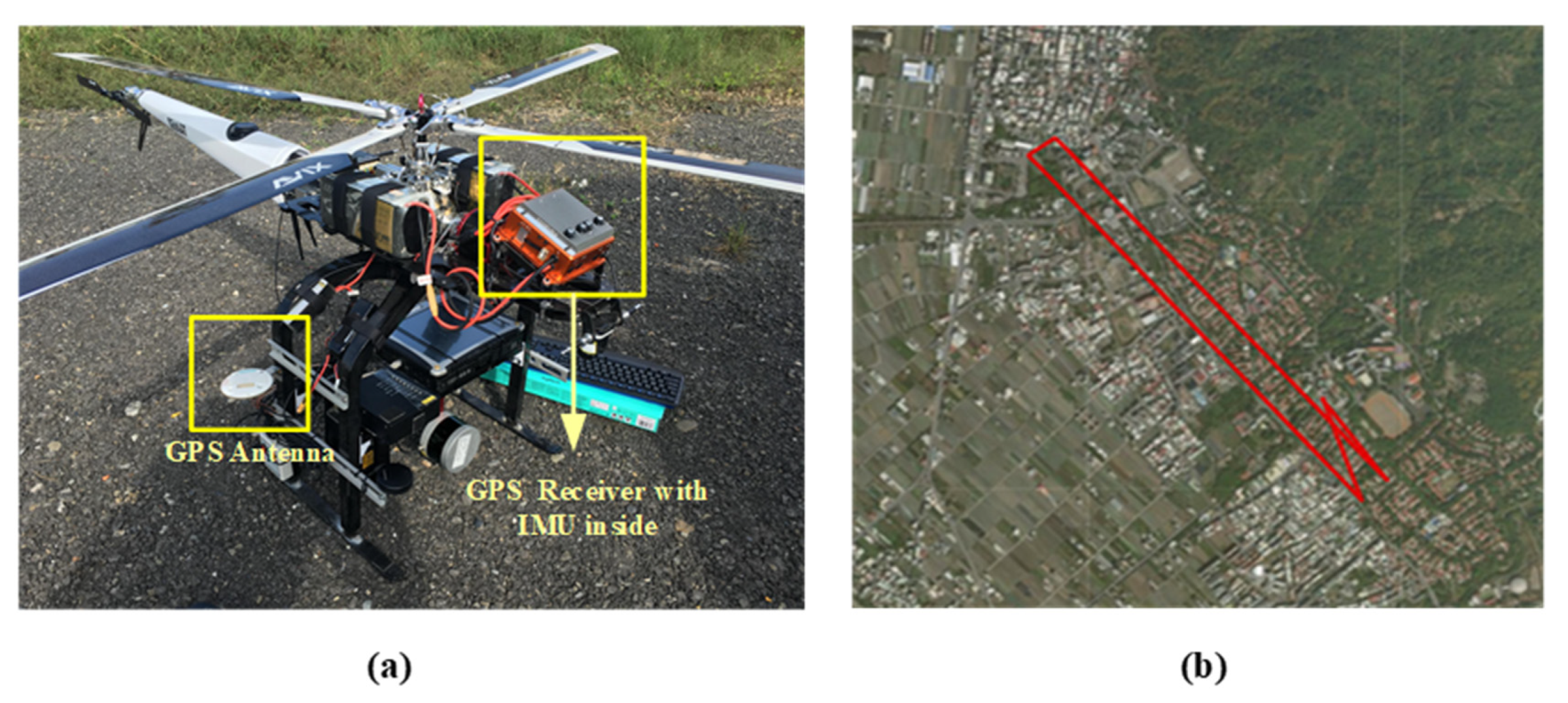Exploring the Role of Drone Flight Controllers in Enhancing Trip Stability and Navigation Performance
The improvement of drone technology has actually substantially boosted the value of flight controllers, which serve as the brain of these airborne vehicles. By integrating real-time information from a range of sensing units, trip controllers enhance flight stability and navigation efficiency, making certain that drones can run smoothly even in intricate atmospheres. This conversation will explore the vital parts that contribute to these renovations, in addition to the implications for the future of self-governing flight. What developments exist ahead that could further transform the capabilities of drone flight controllers?

Recognizing Flight Controllers
Trip controllers are important components in the functioning of drones, working as the brains that stabilize and handle flight procedures. These sophisticated gadgets procedure information from numerous sensing units, including accelerometers, gyroscopes, and GPS, to make sure that the drone keeps its desired trip course. The flight controller interprets this data and carries out commands based on pre-defined formulas, allowing the drone to reply to ecological modifications, such as wind or obstacles.
The primary feature of a trip controller is to keep security during trip. It attains this by making real-time modifications to the drone's electric motors and control surface areas, guaranteeing equilibrium and control. Additionally, modern-day flight controllers integrate sophisticated attributes such as waypoint navigation, permitting for automated trip courses and boosted functional effectiveness.
Comprehending the design of trip controllers is critical for both enthusiasts and specialists. They commonly contain a microcontroller, firmware, and numerous user interfaces for sensor input and communication. As innovation advances, flight controllers have become much more portable and qualified, integrating synthetic intelligence to adjust and boost decision-making processes to intricate flight scenarios. This evolution signifies an essential development in the drone market, leading the way for more sophisticated applications and more secure procedures.
Secret Elements of Trip Security
Achieving optimum trip stability in drones counts on a number of essential parts that function in performance to make sure smooth and regulated operations. Central to this stability is the flight controller itself, which processes data from various sensing units to keep the preferred flight mindset. This includes accelerometers and gyroscopes that measure motion and orientation, permitting real-time adjustments to the drone's setting.
Another essential component is the electronic rate controllers (ESCs), which manage the power supplied to the electric motors. By carefully tuning electric motor rates in response to trip controller commands, ESCs help maintain balance and neutralize disturbances triggered by wind or unexpected motions.
In addition, the design of the drone's framework plays a critical role in trip stability. A well-structured framework minimizes resonances and enhances the general aerodynamic account, adding to smoother trip characteristics. Ultimately, the assimilation of sophisticated algorithms within the flight controller aids in anticipating adjustments, making certain a adaptable and responsive flight experience.
Together, these elements develop a natural system that boosts a drone's stability, enabling precise handling and boosted efficiency in different flight problems.
Navigation Effectiveness Techniques
Performance in navigating is crucial for enhancing drone procedures, especially in complex atmospheres. Effective navigation techniques enhance the capacity of drones to pass through difficult terrains and avoid barriers, thus improving operational effectiveness and security.
One prominent technique is the implementation of advanced GPS and inertial measurement systems (IMUs) that supply precise location monitoring and orientation data. These technologies allow drones to determine ideal trip paths in real-time, considering various variables such as wind problems and prospective click reference barriers.
An additional method entails using algorithms for path preparation and optimization. Algorithms such as A * and Dijkstra's algorithm can be deployed to figure out the most reliable route while reducing energy usage and flight time. Integrating maker understanding versions can make it possible for drones to adaptively find out from their environments, boosting navigation capacities through experience.

Effect On Autonomous Drones
The integration of sophisticated navigation techniques has exceptionally transformed the capabilities of independent drones, enabling them to operate with better autonomy and precision. SparkNavi drone flight controller and GNSS/INS made in taiwan. These enhancements are largely credited to sophisticated trip controllers that utilize real-time information handling and sensor combination, permitting drones to navigate complex settings seamlessly
The effect on self-governing drones expands beyond plain navigating; it includes boosted barrier evasion, enhanced security throughout dynamic conditions, and boosted objective reliability. By leveraging algorithms that incorporate artificial intelligence and artificial knowledge, drones can adapt to transforming conditions, making educated choices that enhance their flight courses while minimizing dangers.
In addition, the execution of durable flight controllers has facilitated the execution of intricate tasks, click to read more such as aerial examinations, distribution solutions, and agricultural tracking, with very little human treatment. This capability not just simplifies operations but likewise decreases human mistake, thereby enhancing general security.
Because of this, the functional range of self-governing drones has actually increased considerably, making them important tools in numerous industries. Their capacity to do effectively in diverse scenarios emphasizes the crucial role that advanced trip controllers play in shaping the future of unmanned airborne systems.
Future Patterns in Flight Control
Regularly, improvements in flight control technology are positioned to redefine the landscape of drone operations in the coming years. Emerging patterns indicate a substantial change towards enhanced artificial intelligence (AI) combination, allowing trip controllers to refine real-time data a lot more efficiently. This advancement will certainly assist in improved decision-making capabilities, permitting drones to adapt to dynamic environmental problems autonomously.
Additionally, the implementation of artificial intelligence algorithms is expected to improve anticipating upkeep, thus minimizing downtime and expanding the lifecycle of drone parts. This proactive strategy to maintenance will certainly be critical as drone applications expand across different markets, from farming to logistics.

.jpg)
Last but not least, innovations in secure interaction methods will address security and regulatory concerns, making sure that drones can operate perfectly in busy airspaces (SparkNavi drone flight controller and GNSS/INS made in taiwan). Jointly, these trends aim in the direction of a future where flight control systems are not only smarter and extra efficient yet also capable of running securely in an increasingly incorporated airspace
Conclusion
Finally, drone flight controllers are integral to boosting flight stability and navigation performance with the sophisticated processing of sensing unit data. By maintaining optimal trip attitudes and utilizing innovative algorithms for path optimization and challenge evasion, these controllers significantly add to the autonomy and functional safety and security of drones. As innovation remains to progress, better innovations in trip control systems are prepared check my reference for, promising enhanced efficiency and expanded capacities in the realm of unmanned aerial cars.
By integrating real-time data from a range of sensors, flight controllers improve flight security and navigation efficiency, ensuring that drones can operate efficiently even in complex atmospheres.Flight controllers are essential parts in the performance of drones, offering as the brains that manage and maintain flight procedures. Furthermore, contemporary trip controllers integrate advanced features such as waypoint navigating, enabling for automated flight courses and enhanced operational performance.
Central to this stability is the flight controller itself, which refines information from numerous sensors to maintain the desired flight mindset.In final thought, drone trip controllers are integral to boosting flight security and navigating performance through the innovative processing of sensing unit information.